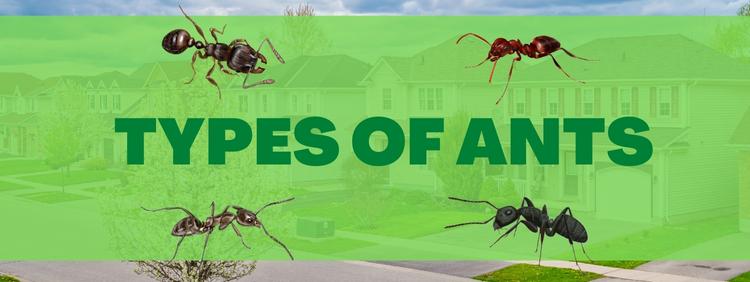Different Types of Ants You May Find in Your Cambridge Home

Ants may be small, but as household pests, they can create a nuisance far exceeding their size. Most ants are merely annoying, but others, such as the carpenter ant, can cause extensive property damage requiring professional carpenter ant control. Carpenter ants are just one of several common species. Here are a few of the ant species you are most likely to encounter in your home.
Pavement Ants
Pavement ants look for small, narrow crevices in which to build their nests. Often, this means cracks in the sidewalk, but if they find a gap in your foundation, they may be drawn to it as well. Pavement ants may first come inside your home looking for food, but if they find a good place to nest, they may stay forever. Measuring up to four millimetres in length, pavement ants are moderately sized. They can be recognized by their brownish-to-black body colour that contrasts with their paler legs.
Pavement ants have stingers but are not particularly aggressive and rarely sting. The threat they pose to humans is related more to food contamination. You may be able to keep pavement ants out by sealing any cracks in your home’s foundation.
Argentine Ants
Argentine ants are recognizable by their moderately small size of 2.2 to 2.8 millimetres and their brown colour, which can range from dark to light. As implied by the name, Argentine ants are native to South America. It is not entirely clear how Argentine ants ended up in Ontario, but one theory is that they came to North America in shipments of imported coffee.
Argentine ants are invasive. They do not have natural predators in North America to control their numbers, so they can breed prodigiously and find huge colonies. They don’t have stingers and their bite is not harmful. They feed on honeydew produced by insect pests and encourage their numbers to increase by protecting them from their natural enemies. In this way, they can pose an economic threat to agriculture.
Getting rid of Argentine ants can be a challenge because of their large numbers. Sprays can work as spot treatments, but an infestation may require professional pest control in Cambridge.
Carpenter Ants
Carpenter ants are usually easy to recognize by their huge size; they can be at least one centimetre long. While usually black in colour, they can also be brown, red, or a combination of red and black. They don’t have stingers but they do have large, formidable mandibles. However, these are rarely used for self-defence. Rather, they are used for chewing through the wood to make a nest. Carpenter ants excavate tunnels in wood, and if they get into your home, they can cause significant structural damage. As the colony grows, they keep adding new tunnels to the original nest. Because carpenter ants nest inside the wood, they can be difficult to get rid of. It is better to prevent them from nesting in your home, which you may be able to accomplish by preventing outdoor wood structures from absorbing water. Wet wood is easier for carpenter ants to chew through.
Thief Ants
If you have any of the other species of ants nesting in your home, chances are that you have thief ants as well. Thief ants can make homes within the nests of other ant species; otherwise, they may make nests nearby. At 1.5 to 2.2 millimetres long, thief ants are one of the smallest ant species. Their colour can range from deep brown to pale yellow.
Call Truly Nolen for Carpenter Ant Control
Do-it-yourself solutions may be effective for getting rid of some ant species. However, because of the extensive property damage that carpenter ants can do, you shouldn’t risk an iffy DIY solution. Instead, contact Truly Nolen for pest control in Cambridge which has been proven effective at removing carpenter ants.